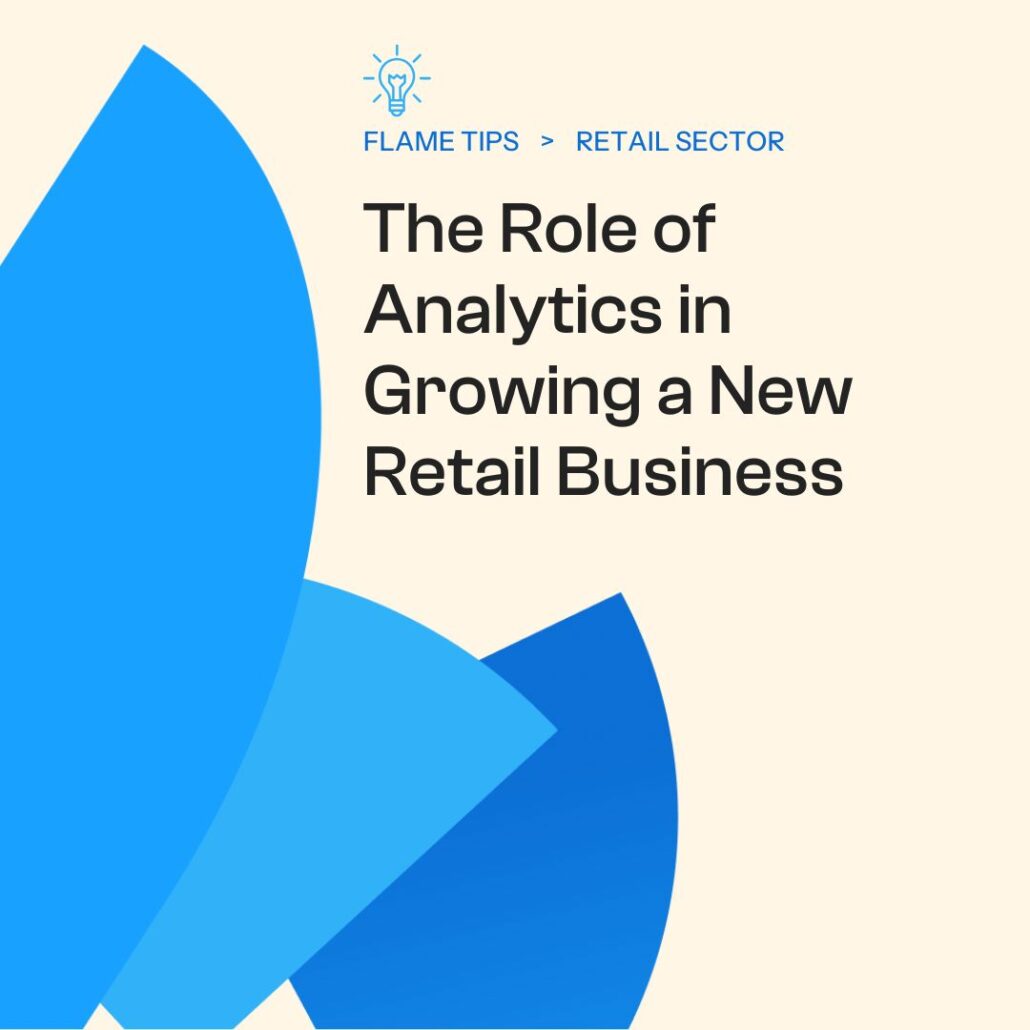
Image by SnaoStock from Pixabay
Launching a new business website is an exciting milestone, but success doesn’t happen overnight. Making informed decisions can be challenging without clear insights into how visitors interact with your site. This is where website analytics come in. By tracking key performance metrics, businesses can refine their online presence, optimize user experience, and drive sustainable growth. This post details the role of analytics in growing your new business website.
Understanding Your Audience
One of the most valuable aspects of analytics is audience insights. Knowing who visits your site, how they found it, and what they do once they’re there helps you create a more targeted marketing strategy.
Analytics tools provide details on demographics, interests, and behavior patterns, allowing businesses to fine-tune content, product offerings, and overall website design. If your data reveals that a large portion of your audience comes from social media, you may want to enhance your presence on those platforms. On the other hand, if most of your traffic comes from search engines, focusing on SEO strategies can improve visibility and attract more organic visitors.
Optimizing Website Performance
A website that loads slowly or is difficult to navigate can lead to high bounce rates and lost opportunities. Analytics tools like Google Analytics, heatmaps, and session recordings help identify areas where users struggle, whether it’s a slow-loading page, broken links, or an unclear call to action.
Website themes and design choices also play a crucial role in performance. If you’re looking for a well-optimized eCommerce starter site, you might want to check Blocksy, which is a feature-rich WordPress theme that offers fast-loading, customizable templates designed to enhance user experience. A well-structured website keeps visitors engaged, reduces friction, and ultimately improves conversion rates.
Enhancing Content Strategy
Content is a key driver of website growth, and analytics play a vital role in shaping your content strategy. By analyzing metrics like time on page, Scroll depth and engagement rates, you can determine which blog posts, products, pages, or landing pages resonate most with your audience.
For example, if a particular article attracts high traffic but has a low conversion rate, you may need to optimize it with better calls to action or internal linking. Conversely, if a post keeps visitors engaged, creating similar content can help maintain user interest and boost SEO rankings.
Improving Conversion Rates
Ultimately, the goal of any business website is to convert visitors into customers. Analytics help track key performance indicators (KPIs) like form submissions, purchases, and sign-ups. A/B testing different layouts, headlines, and CTAs based on analytical insights can lead to higher conversion rates.
Heatmaps and session recordings provide deeper insights into user behavior, showing where visitors drop off or hesitate. Implementing small changes, such as adjusting button placements or simplifying the checkout process, can make a significant impact on conversions.
Endnote
Analytics are essential for growing a new business website. By leveraging data-driven insights, you can refine audience targeting, enhance website performance, optimize content, and improve conversion rates. Whether you’re starting from scratch or refining an existing site, analytics provide the foundation for informed decision-making and sustainable growth.







